Sahul – A Paradise for Birds
Bob Lewis
Berkeley
Thursday, July 18, 2019
6:30 p.m. annual membership meeting
6:30 p.m. refreshments
7p.m. program
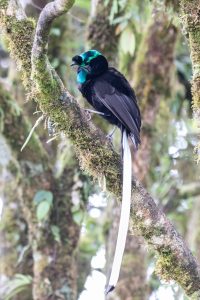
Australia, New Guinea and Tasmania are all part of the Australian geological plate, or Sahul. After a brief visit to O’Reilly’s, a wonderful jungle lodge near Brisbane, Australia, we’ll fly to Port Moresby, the capital of Papua New Guinea. Our route in PNG will take us from the lowlands in the south of the island to the highlands on the western border, and then on to Mount Hagen, a 12,000’ extinct volcano. New Guinea has 708 species of birds and 5 endemic families, and is home to most species of spectacular Birds of Paradise and fascinating Bowerbirds. We’ll discuss a bit of geological history, a bit of taxonomy, and look at examples of many of PNG’s 70 bird families.
Bob’s second career is very avian. He’s served on the GGBA board where he led the Adult Education Committee. He’s an award-winning photographer and world traveler, and frequent public speaker on avian topics at libraries and Audubon Societies. He co-teaches Master Birding, Avian Evolution and Bay Area Birds, and his bird life list stands at 4992. He is hoping to reach 5000 on GGBA’ Namibia tour in August.…

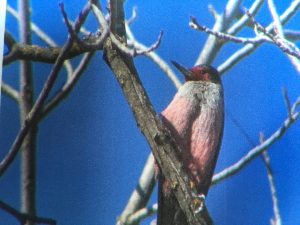
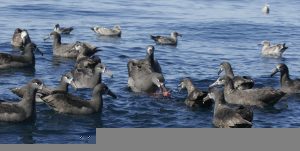 Black-footed Albatross Farallones 10.14.2013
Black-footed Albatross Farallones 10.14.2013
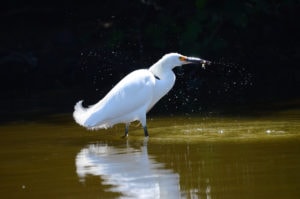 Snowy Egret (Egretta thula)helping out on a fish removal day at Mountain Lake
Snowy Egret (Egretta thula)helping out on a fish removal day at Mountain Lake
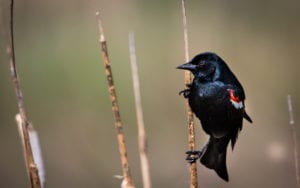 The Tricolored Blackbird is a colonial breeder that is nearly endemic to California. Historically, these birds bred on wetlands in the Central Valley. As a result of the loss of 90 percent of the wetlands, Tricolors increasingly nest in agricultural fields. When nesting and farmers’ harvest schedules conflict high proportions of the Tricolor population are put at risk. Tricolored Blackbirds were listed as a threatened species under the California Endangered Species Act in April 2018 due to sharp, ongoing population declines. In this presentation Conservation Project Director, Samantha Arthur, will discuss Audubon California’s multi-pronged approach to save the Tricolored Blackbird. This approach includes creating new wetland habitat, working with dairy farmers to delay harvest until after chicks have fledged from nests, and advocating for protections under the state and federal Endangered Species Acts.
The Tricolored Blackbird is a colonial breeder that is nearly endemic to California. Historically, these birds bred on wetlands in the Central Valley. As a result of the loss of 90 percent of the wetlands, Tricolors increasingly nest in agricultural fields. When nesting and farmers’ harvest schedules conflict high proportions of the Tricolor population are put at risk. Tricolored Blackbirds were listed as a threatened species under the California Endangered Species Act in April 2018 due to sharp, ongoing population declines. In this presentation Conservation Project Director, Samantha Arthur, will discuss Audubon California’s multi-pronged approach to save the Tricolored Blackbird. This approach includes creating new wetland habitat, working with dairy farmers to delay harvest until after chicks have fledged from nests, and advocating for protections under the state and federal Endangered Species Acts.